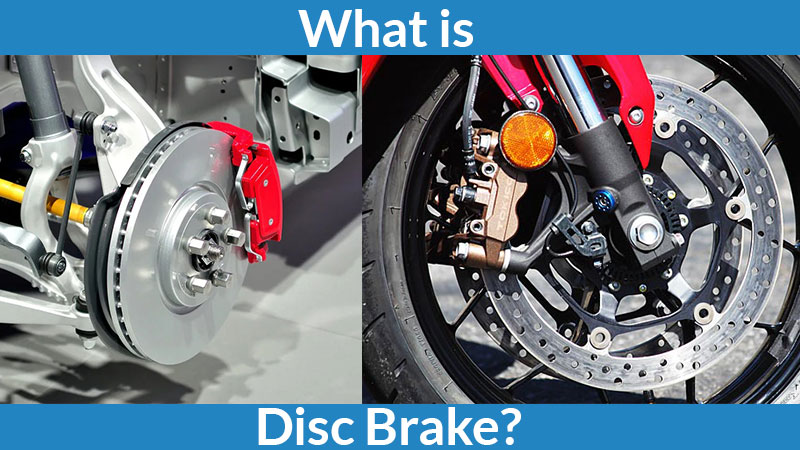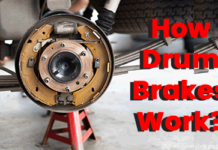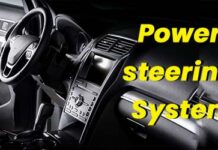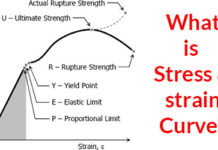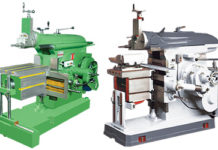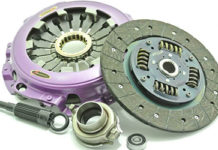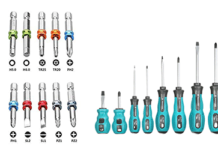Contents
Disc Brake | Components, Working, Advantages, Disadvantages
Brakes are very essential to stop the vehicle. You can’t imagine a vehicle without brake. The brakes have different types and it is used according to application. This is the information about what is disc brake, components, advantages, and disadvantages and applications.
Read Also: Car Engine PartsWhat are the main components of Disc Brake?
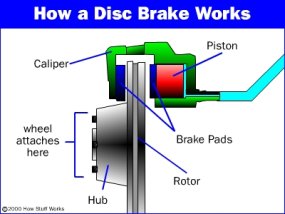
1. Wheel Hub
Disc rotor is connected to the wheel hub and it rotates with it. The wheel of the vehicle is bolted with the wheel hub.
2. Caliper Assembly
The caliper assembly has
- Brake Pad: Brake pad makes contact with rotor disc and due to friction between the brake pad and rotor disc the speed of the vehicle is reduced.
- Caliper bracket
- Caliper Frame
- Piston: This applies brake force on brake pads when the brake lever is pressed.
- Slider Pin: It slides when the brake is applied.
- Dust Boosts: This prevents the dust enters into a caliper pin or slider pinhole.
3. Disc Rotor
The disc rotor is a rotating part of a disc brake. When the brake is applied there is a lot of heat generated and it may decrease the braking efficiency. To overcome this there are vent holes drilled for heat dissipates.
Working Principle
The disc brakes are working on Pascal law.
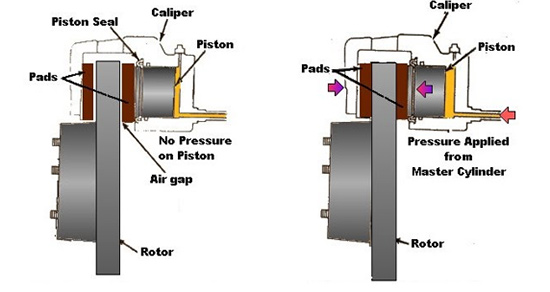
- When the brake pedal is pressed, high-pressure fluid from the master cylinder pushes the piston outward.
- This piston pushes the brake pad opposite the rotating disc.
- When the inner brake pad touches the rotor, fluid pressure exerts force and the caliper moves inward and pulls the outward brake pad towards the rotating disc and touches the disc.
- Both the brake pads are pushing the rotating disc and a large amount of friction is generated between pads and rotating disc and this slows down the vehicle and stops it.
- With the release of the brake pad the piston moves inward and brake pad away from the rotating disc and the vehicle starts moving.
Advantages
- Disc brakes are lighter than the drum brakes.
- It has better cooling as the braking surface is open to the air.
- This has better resistance to fade.
- It has a uniform pressure distribution.
- Easy replacement of brake pads.
- Disc brakes are self-adjusting brakes.
Disadvantages
- Disc brakes are generally costlier than drum brakes.
- It requires higher pedal pressure to stop the vehicle and the brake system is installed with a vacuum booster.
- There is no servo action present.
- With this, it is difficult to attach a suitable parking attachment.
Application
The disc brakes are widely used in motorcycles and cars.
This is the information about Disc Brakes and how it works.
🔔We hope this information will help you. For more new information click on the notification button and get regular updates from Unbox Factory.
Now if you find this information helpful, share it with your friends, family, and colleagues.
If you like this post, let us know by comment below, if you want to add-on information about this topic, comment the information. We will consider the information if it is relevant.
Thank you for reading.

